This article explains some of the commonly used mudras, including how to practice them and their potential benefits.
For a better understanding of what mudras actually are and why they might be beneficial to your practice, see What are Mudras?
Namaskar Mudra
Bring both palms flat together, fingers together and pointing upwards. Bring the thumbs to rest on your breast bone.
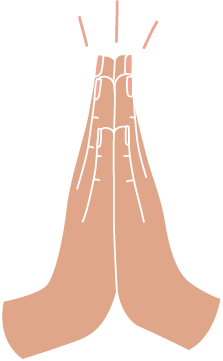
Namaskar Mudra, commonly known as namaste or prayer position in the West is an ancient Indian greeting that communicates my essence salutes your essence.
This mudra is thought to reduce stress and balance the energies of the right an left body, connecting the energetic currents of the right rational brain with the left intuitive brain. It is said to assist in drawing the mind inwards.
Typically the hands are held over the breastbone but can also be held over the face as a sign of great respect, or over the head to salute a higher power. When practiced behind the back it is known as Paschim Namaskarasana or Viparita Namaskarasana – Reverse Prayer Position or Revese Namaste).
Dhyana Mudra
In a seated position, place both hands in the lap with the right hand over the left, palms facing upwards and tips of the thumbs gently touching.
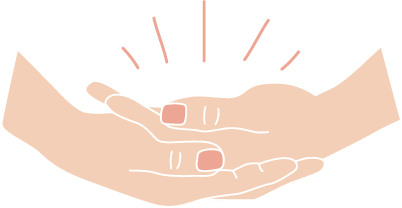
This is well recognised as a deep meditative gesture used throughout various Eastern traditions. It is said to create a calm and supportive energy thereby encouraging inner reflection and silence.
It can also be known as Bhairava Mudra – Fierce Determination gesture. In this variation the left hand in placed on top, accentuating the fierce feminine energy. It can be used in any challenging situation in which you are struggling to remain peaceful to recenter yourself.
Vayu Mudra
Using both hands, bring the tip of the index finger to touch the base of the thumb. Use the thumb to press gently on the middle finger. Extend the other fingers but keep them relaxed.
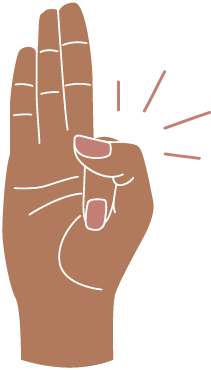
This gesture is said to rectify imbalances in vata energy which may manifest as joint pain and stiffness, trouble focussing or difficulty sleeping.
Chin Mudra and Jnana (Gyana) Mudra
Using both hands, join the tip of the thumb to the tip of the index finger. Extend the other fingers but keep them relaxed.
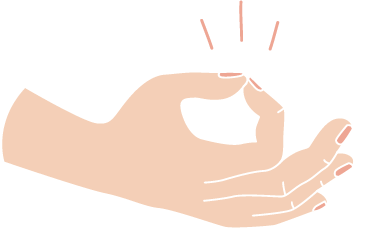
Variation: Bring the tip of the thumb to the first joint of the index finger. Extend the other fingers but keep them relaxed.
The thumb represents supreme consciousness and the index finger represents individual consciousness. In the second variation, the ego bows to supreme consciousness.
When the palms are placed facing upwards this is known as Chin Mudra – Unrestricted Consciousness Gesture
When the palms is placed facing downwards this is knows as Jnana (or Gyana) Mudra – Wisdom Gesture
By joining the individual ego with universal consciousness, this gesture is said to generate inner peace and grant wisdom, intuitive knowledge and a sensation grounding. Chin Mudra is also thought to improve mental capacity and memory. Both Chin and Jnana Mudra can be used to aid concentration and meditation.
Shunya Mudra
Using both hands, bring the tip of the middle finger to touch the base of the thumb. Use the thumb to press gently on the middle finger. Extend the other fingers but keep them relaxed.
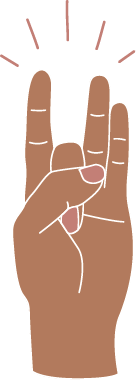
This gesture is said to decrease the ether element within your body helping you to feel more focussed and present. It can also have a grounding effect and is said to relieve ailments of the ear, nose and throat. Beneficial for those with a vata constitution.
Prithivi Mudra
Using both hands, join the tip of the thumb to the pad of the ring finger. Extend the other fingers but keep them relaxed.
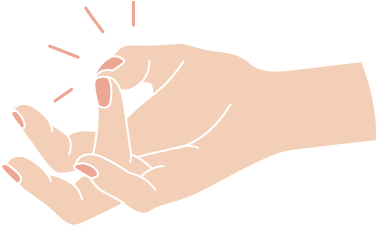
By uniting fire and earth elements, the gesture is said to ignite energy and enthusiasm and influence positive change within your life. It is also thought to enhance stability and balance and alleviate physical weakness.
Prana Mudra
Using both hands, join the thumb to the tips of the little and ring fingers. Extend the other fingers but keep them relaxed.
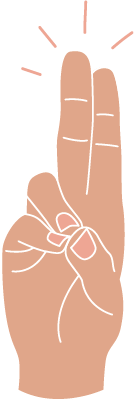
Directs and harnesses prana energy to increase vitality. it is said to boost the immune system, endurance capacity and improve muscle, teeth and eye health. Beneficial for those with a kapha constitution.
Apana Mudra
Using one or both hands join the thumb to the tips of the middle and ring fingers. Extend the other fingers but keep them relaxed
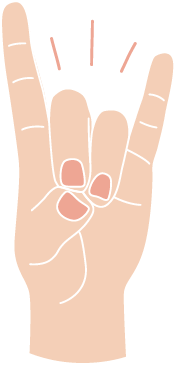
Directs and harnesses apana – the cleansing outward and downward energy, encouraging the expulsion of physical and mental impurities. It is said to help regulate menstrual cycles, ease childbirth and strengthen the immune system.
Further Reading:
- Saradananda, S. (2015) Mudras for Modern Life. London. Watkins Media Limited.